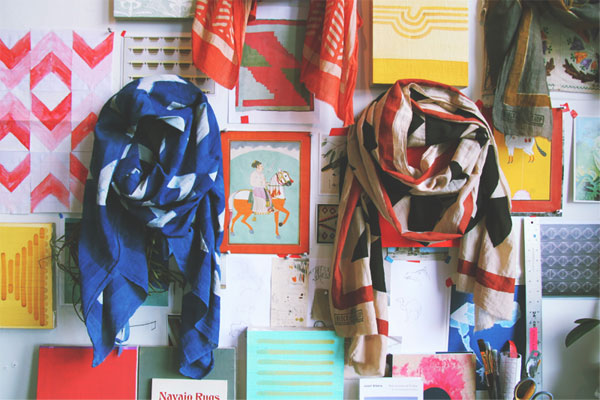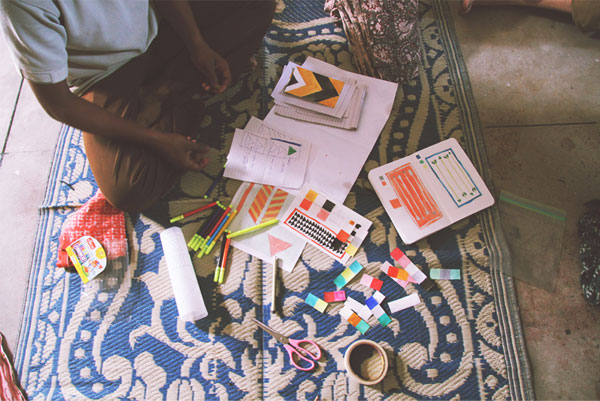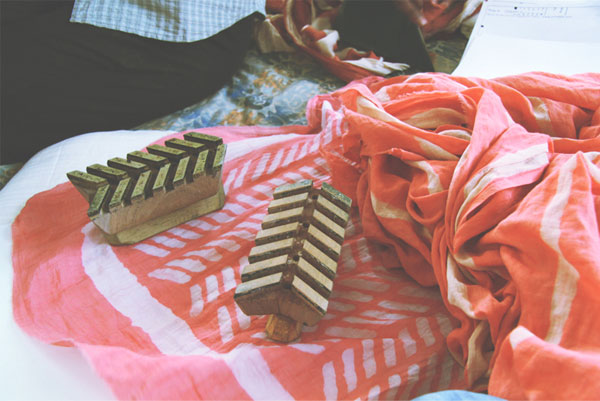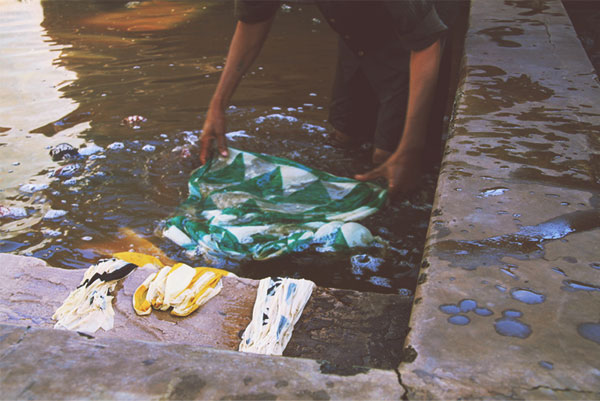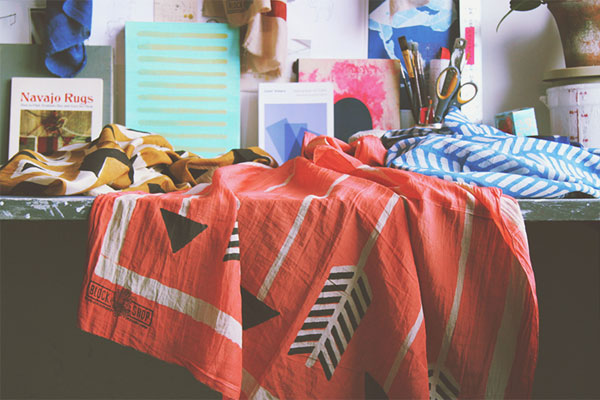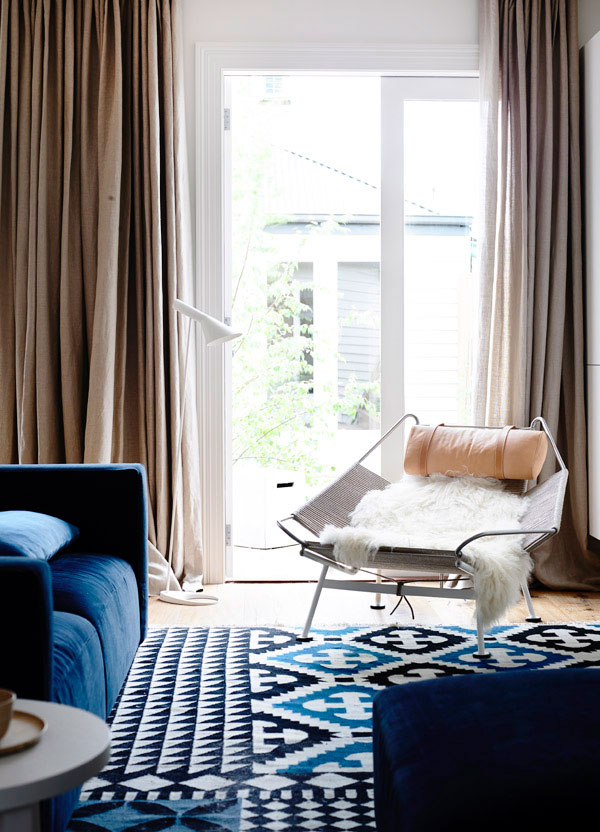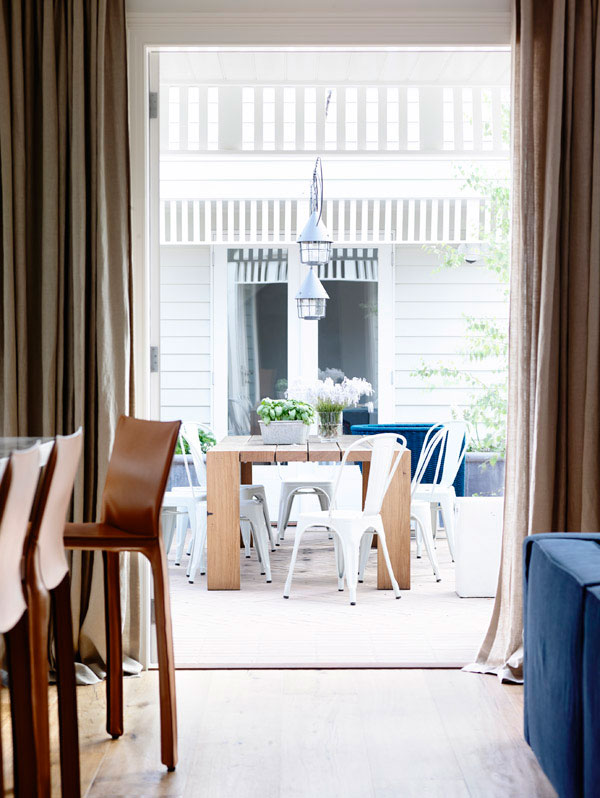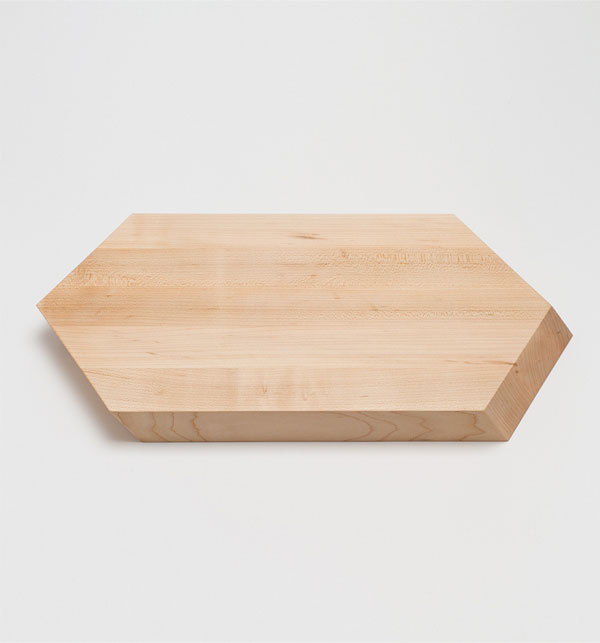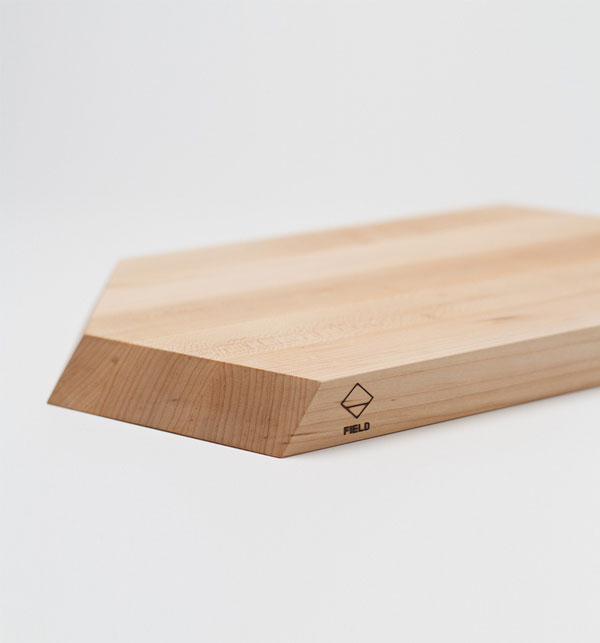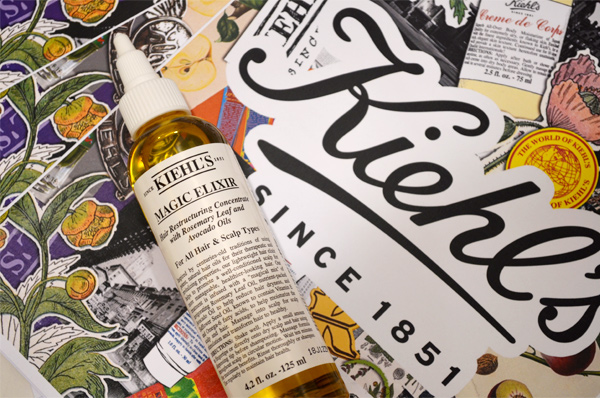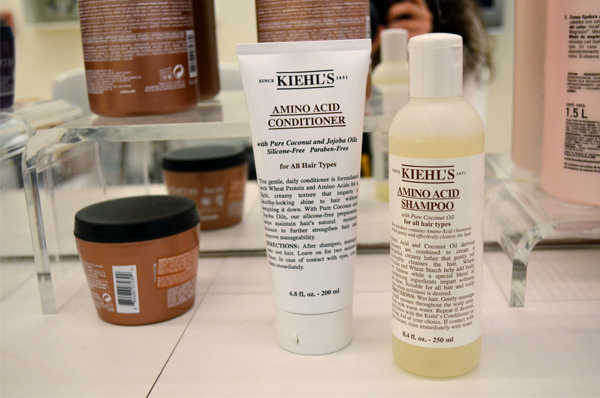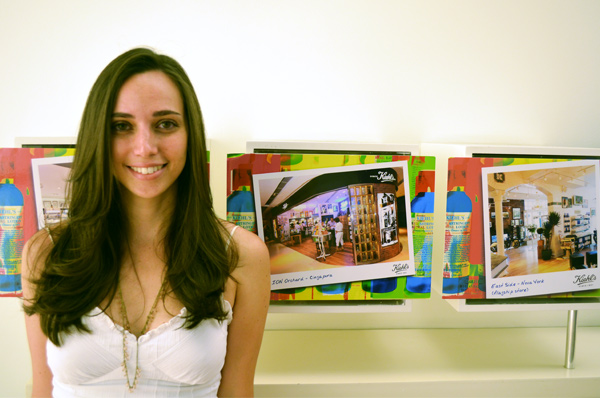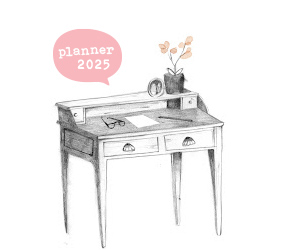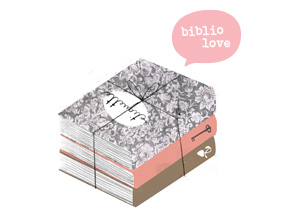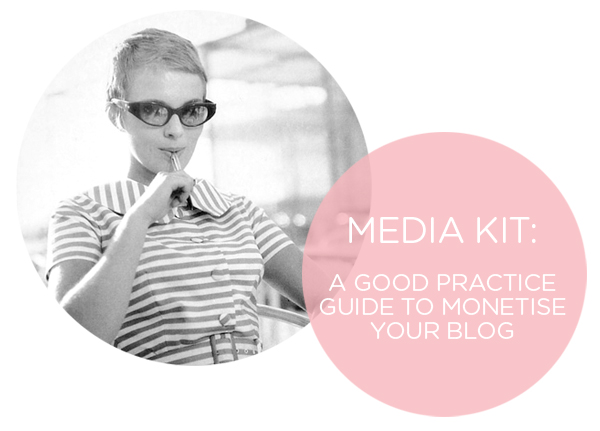
I’ve noticed that many people arrive here at Não Me Mande Flores looking for the blog’s Media Kit, especially since it has been mentioned as an example in many posts about the subject from other blogs. I am happy and honored that my work is being used as an example for other bloggers (you guys are very sweet!), but I decided to write this post to reinforce the idea that a Media Kit should always be truthful and original, NEVER a copy of that amazing one you found on the Internet.
The subject is controversial, precisely because there is no official text or practice guide available about the construction of Media Kits. The lack of qualified information on the topic makes consulting Media Kits from more experienced blogs the only option for those interested in making their own (and that generates an unpleasant phenomenon: the copy of personal and nontransferable content).
That’s why I decided to publish here on the blog part of my research on the subject – made during a postgraduate degree in Digital and interactive Media I concluded last year – to help those interested in building a original Media Kit, that best represent your blog, without copying the work of someone else.
Like I always say: let’s make a nicer and friendlier web! :)

A Media Kit or Press Kit is a document provided by sites and blogs presenting all its access and audience data, as well as any other relevant information to a potential sponsor. Its goal is to help them find all the information they need to advertise on your blog and make their experience easier.
The Media Kit works as a kind of showcase where the blog highlights its best features , motivating the sponsor to purchase advertising space and other forms of paid media within your site. Therefore, it is an essential resource for bloggers who want to monetize their activities.

The first step in the construction of a Media Kit is to create a specific page within your blog just for this purpose. This page will be an exclusive channel for business contacts and should only contain relevant information to the advertiser.
It’s important that your contact info (email, phone etc.) is clearly visible on the page. The Media Kit can be placed directly on this page or you can ask to those interested to request the document via e-mail (you can send them the Media Kit in a PDF or PPT file).

You should create a nice, clean presentation, that reflects your blog’s brand. A good strategy is to use the same color scheme, typography and any other element that emphasizes your brand.
Your readers and potential sponsors should be able to identify that this is your Media Kit, even if it’s out of your website (if sent by e-mail, for example). The use of graphics facilitates the reading of data and shows the blogger’s organization skills.

What’s your blog all about? This information may seem obvious, but is often forgotten in the process of building a Media Kit. It’s essential to describe the overall goal of your site, to specify what you usually talk about – especially if you have a niche blog – and why people are interested in what you have to say. This way advertisers will have a better understanding about your blog and about the kind of audience it attracts.

Is important to include information about your readers, demographic data such as gender, age and location because brands want to know if they can connect with your audience through your site. If you do not have this information, ask! A simple survey or a post asking for answers will suffice.
The most relevant informations for marketing professionals are: gender, age, education and personal monthly income. Another useful information to advertisers are the readers online habits. Data regarding the amount of time that readers spend online, if they buy or not via Internet and what kind of products they consume are very useful to define whether it is worth or not to close a partnership with your blog.
If the number is considerably large, you can include the percentage of how many readers bought products indicated by you, increasing your potential as a spokesperson for brands and companies.

Advertisers want to know exactly what audience you’re reaching, so it is essential to provide real traffic statistics. You can get this information using tools like Google Analytics, Clicky and Quantcast.
The most requested statistic data are: visits, unique visitors, pageviews, bounce rate and time on page. These metrics are usually calculated at intervals of one month (unique visitors per month, for example). According to the Google Analytics Metrics Definitions:
- Visit – Represents an individual session initiated by a visitor at a particular site and expires in 30 minutes. If the user returns to the site within that period, only one visit will be considered.
x
- Unique visitors – Indicates the number of unduplicated visitors (counted only once) on your website for a specific period.
x
- Pageview – Represents a page viewed by a visitor in a website. Whenever a page is loaded by the browser, a pageview will be counted.
x
- Bounce rate – Represents the percentage of visitors who arrived at your site, viewed only one page and left it, without clicking on any other page. Rates below 65% are considered positive because it means that users are interested in your content and are seeking more information within your site.
x
- Time on page – Indicates the time spent by a visitor on a given page.
Also share the number of RSS subscribers, newsletter and other types of feed, if the number of subscribers is relevant. NEVER disclose false information or increase your number of visits or pageviews. If you promise something you can’t deliver, your relationship with sponsors might not end well. It is always advisable to keep an honest relationship with your advertisers (and readers).

Let potential advertisers know in which social media sites your blog is present. Disclose the number of your blog followers via Twitter and Facebook and any other sites where you and your followers have an active participation. The more followers you have, the more interest will be generated to your page.
If you have already made a campaign that involved social media, it’s worth mentioning the number of tweets, likes and other shares you got, showing the kind of exposure that advertisers can expect in future campaigns.

If your blog has been mentioned in the press, in other blogs or any other relevant communication medium, it is recommended that this information be included in your Media Kit. Positive mentions are another proof of the quality and reliability of your content and reinforce the value and positioning of your brand.

A Media Kit must specify what are the advertising space options offered, what are the sizes available for ads and their positions within the site. There is no exact formula to calculate the price of advertising and the most common procedure is to research the amounts charged by blogs within the same niche and do the math from there. Disclosing these values inside the Media Kit is at the discretion of the blogger.
The most common forms of advertising on blogs are:
- Banner – Ad that can be either a static or animated image and usually has a link back to the advertiser’s site. Generally, the cost of a banner is calculated by time displayed (a month, for example), per thousand page impressions (CPM) or per click (CPC).
x
- Sponsored Post – The advertisement is published as part of the blog’s editorial content. This content can be sent directly by the advertiser or written by the blogger, to suit the blog’s aesthetic.
x
It is common practice to make it clear to readers that this is a sponsored post, mentioning its advertising nature inside the article itself or creating a specific category or tag for paid posts. It’s recommended that the sponsored post topic has a natural fit with the blog, otherwise the post can generate distrust and discomfort among the readers.
x
- Sponsored Review – Follows the same principles of the sponsored post, but in this case the blogger gets to do a review of a product or service. It’s recommended to make clear to advertisers that you will not accept payments for exclusively positive reviews.
x
- Sponsored Social Media – In this case, the ads are published to the blog’s Social Media followers. It is customary to identify the advertisement with the hashtag #ad.
x
- Giveaways and Contests – For brands, giveaways and contests are easy and inexpensive ways to publicize their name and their products to a new audience. For bloggers, the rewards can come in the form of greater audience and more followers in social media, increasing their credibility with future advertisers.

The Media Kit should include a page with the brands and companies that have already announced on the blog. These companies may be represented by their logos, which can contain links to their ads inside the blog. If the blog has a success story with a company and the numbers of a particular campaign are significantly high, it’s worth to give the due emphasis within the page.
♥ ♥ ♥
In summary, a successful Media Kit is one that shows all the best features of a blog, with clarity and attractiveness. It’s not necessary to include all the information listed in this post and it is always nice to remember that transparency and honesty are a few of the factors that help to build a blog’s solid reputation with their audience and sponsors.
And finally I would like to thank my blogger friends, who contributed to my research, sending me their Media Kits, answering questions and being awesome! You rock!
♥ ♥
∴ info ∴
The content of this post was taken from Building Media Kits as an Essential Resource for Monetizing Blogs, my final theses in the Postgraduate degree in Digital and Interactive Media completed in 2012 and can not be reproduced without permission.
